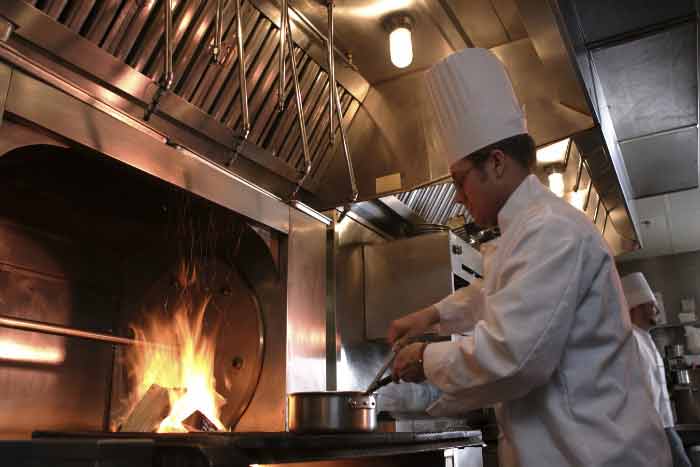Kitchen Exhaust: Getting It Right
Ivano Piubellini, Discipline Leader - Building Services, tackles kitchen exhaust challenges in his latest technical contribution to Sourceable

Commercial kitchen exhaust systems require specialist equipment and design. What are the key issues relating to the application of these systems to buildings?
You can read the full article here.
But in the meantime, here are the key DO’s and DON’T’s
DO check whether you actually require a commercial grade exhaust system in compliance with As1668.2. The difference in cost between a domestic type non complying kitchen exhaust and a complying exhaust system can be significant. Clients should be aware of the cost, spatial and maintenance access requirements which are required for commercial kitchen installations, as well as the need to ensure on-going maintenance for the life of the system. Assessments should be undertaken by a registered building surveyor or engineer.
DO have the system selected and designed by professional contractors and consultants who have experience with the specific requirements of these installations and can provide design compliance sign off for the system.
DO provide adequate space and pathways through the building to limit the length of ductwork, reduce number of changes in direction and reduce extent on horizontal run of ductwork.
DO ensure exhaust discharge points do not cause nuisance to occupied areas surrounding the area and are located well away from air intake sources, including openable windows and doors.
DO include fire suppression systems where possible to reduce the risk of a fire entering the ductwork system and igniting grease deposited within the duct.
DO check that maintenance of the kitchen exhaust system is being undertaken in an adequate manner by the kitchen operator of maintenance contractor. Poor maintenance will significantly increase risk of fire in the system, thereby increasing risk of fire to the building elements. Building owners and managers should establish guidelines for kitchen exhaust system design and maintenance in their buildings and should seek and maintain records of system cleaning by the maintenance contractor.
DON’T skimp on the quality of the hood. Higher quality engineered exhaust hoods can save significant costs over the life of the system due to reduction in energy lost due to reduced air extraction rate, and improved fume capture and reduced grease bypass, and can significantly reduce maintenance costs.
DON’T locate kitchens in areas where there is reduced space for locating kitchen exhaust ductwork and which require long and convoluted pathways for the kitchen exhaust.
